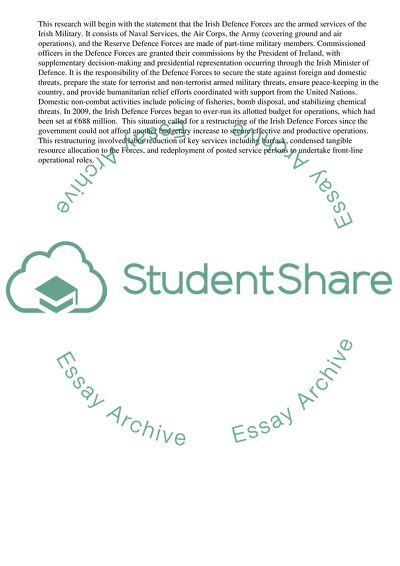Cite this document
(“Change Management and Physical Restructuring of the Irish Defence Essay”, n.d.)
Change Management and Physical Restructuring of the Irish Defence Essay. Retrieved from https://studentshare.org/management/1479783-project-managementanalysing-project
Change Management and Physical Restructuring of the Irish Defence Essay. Retrieved from https://studentshare.org/management/1479783-project-managementanalysing-project
(Change Management and Physical Restructuring of the Irish Defence Essay)
Change Management and Physical Restructuring of the Irish Defence Essay. https://studentshare.org/management/1479783-project-managementanalysing-project.
Change Management and Physical Restructuring of the Irish Defence Essay. https://studentshare.org/management/1479783-project-managementanalysing-project.
“Change Management and Physical Restructuring of the Irish Defence Essay”, n.d. https://studentshare.org/management/1479783-project-managementanalysing-project.


